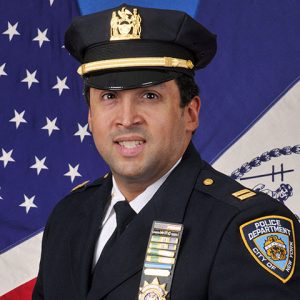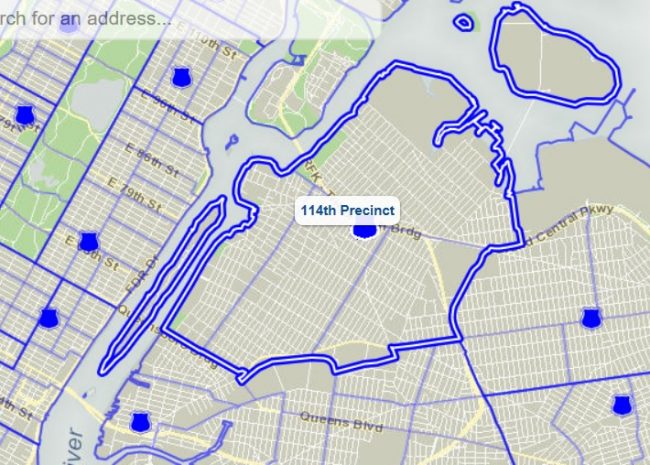
Capt. Osvaldo Nunez
Jan. 24, 2018 By Tara Law
Serious crime was down in Astoria in 2017, but the rate of felony assaults grew— a change police attribute to the neighborhood’s nightlife.
Captain Osvaldo Nunez, commander of the 114 Precinct, said that number of major crimes reported in the neighborhood dropped 14.7 percent in 2017 compared to 2016, from 1,819 crimes to 1,551.
Major crimes are defined by the NYPD as murder, rape, robbery, grand larceny, felony assault, vehicle theft and burglary.
Despite the decline in crime overall, the number of felony assaults remained stubbornly high, he said, increasing 6.6 percent over the previous year— from 319 assaults in 2016 to 340 in 2017.
Felony assaults also spiked during the 28-day period ending Jan. 14, 2018, with 33 being reported. This number was up from 13 from the same 28-day period a year ago, representing a jump of 154 percent.
The frigid weather during that period likely contributed to the increase, Nunez said at the precinct’s Community Council meeting Tuesday night.
“People were stuck indoors and relatives got on each other’s nerves,” said Nunez. Many assaults are domestic in nature.
The rate of felony assaults in Astoria, however, is mostly driven by the neighborhood’s active club and bar scene, Nunez said. Felony assaults often take place at bars which “over serve” customers alcohol, he said, and are concentrated along Steinway Street.
Clubs Fusion Lounge and La Boom are often troublesome, said Nunez.
Despite the increase in felony assaults, crime was down in the neighborhood overall in 2017, mirroring citywide trends.
Nunez attributes the decline in crime citywide to the neighborhood policing model the NYPD has adopted.
Under the Neighborhood Coordination Officer (NCO) program, officers are assigned to specific parts of the precinct.
The police have also shifted to a “precision policing” model, targeting areas with a history of gang violence, Nunez said. The precinct has also sought to bring federal charges against some repeat offenders, which carry longer prison sentences.

114th Precinct boundaries (Astoria and Roosevelt Island, Rikers Island)
